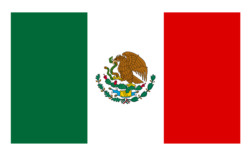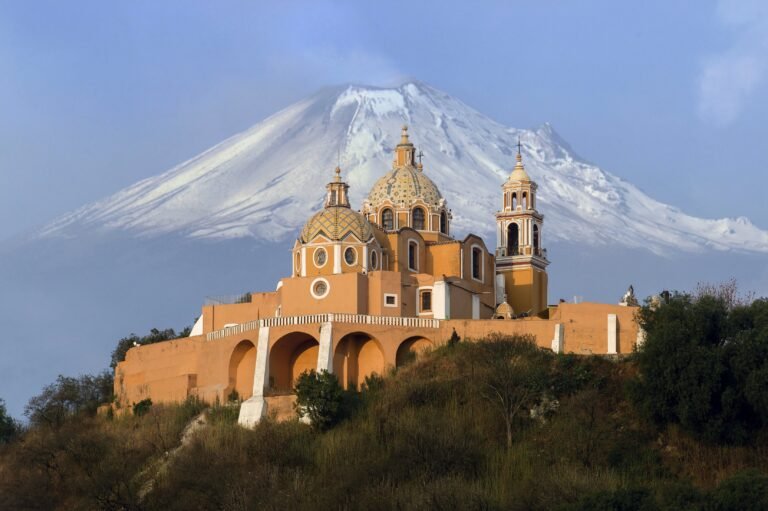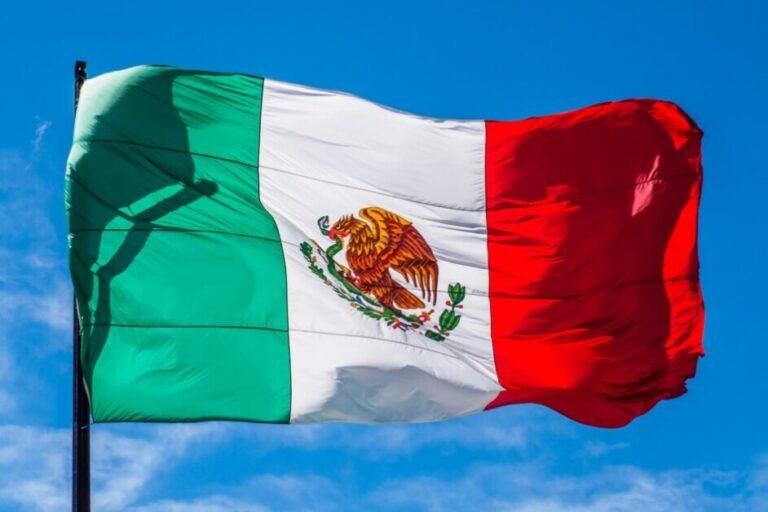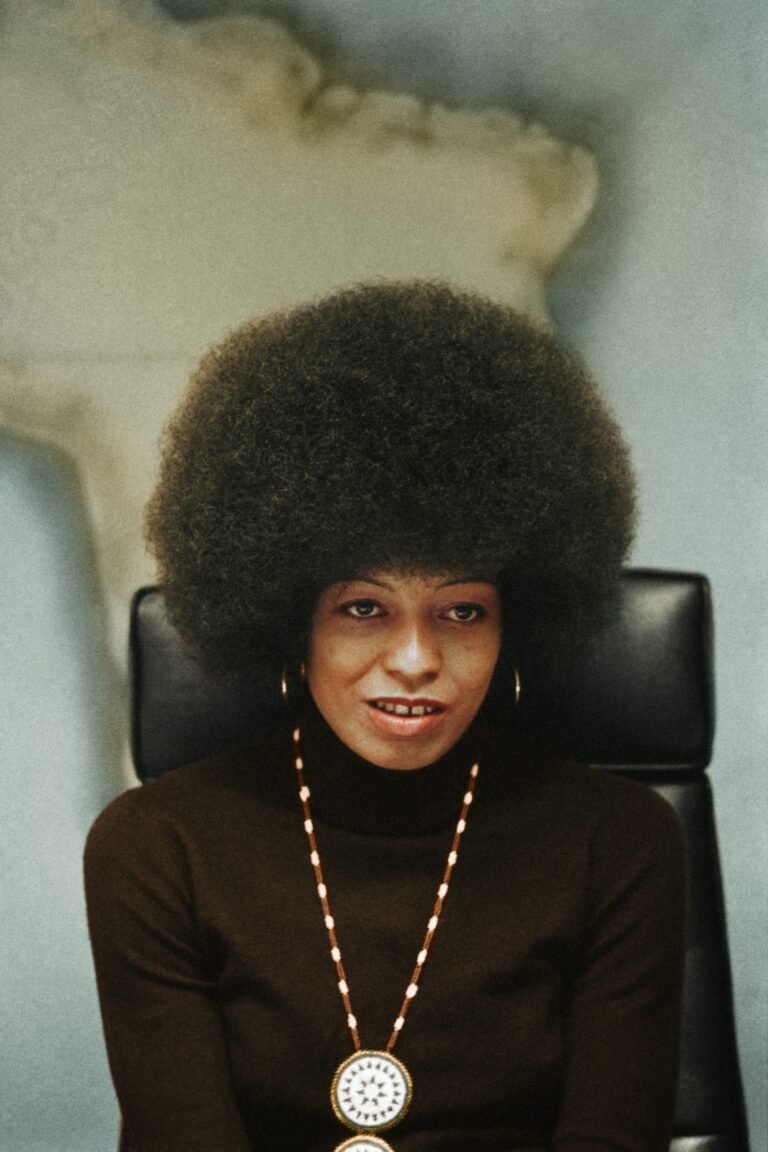What Is The Flag Of Mexico Look Like
Have you ever wondered what the flag of Mexico looks like? In this article, we will explore the details of the Mexican flag and delve into its significance in Mexican culture. From its vibrant colors to the emblematic symbols, the flag of Mexico holds a rich history that reflects the country’s heritage. Join us on this journey to discover the captivating beauty of the Mexican flag and gain a deeper understanding of its importance.
The Flag of Mexico
Meaning and Symbolism
The flag of Mexico is a beautiful and vibrant representation of the country’s rich history and culture. The design and colors of the flag hold significant meaning and symbolism that reflect the pride and identity of the Mexican people.
Design and Colors
The Mexican flag consists of three vertical stripes of equal width. The colors of the stripes, from left to right, are green, white, and red. In the center of the white stripe, there is the national coat of arms, which further adds to the symbolism and significance of the flag.
Meaning and Symbolism
Historical Significance
The flag of Mexico holds immense historical significance as it carries the legacy of the country’s struggle for independence from Spanish colonial rule. It is a symbol of the Mexican people’s determination and fight for freedom.
Representation of Mexican Culture
The flag’s design and colors are deeply rooted in Mexican culture and heritage. Each element of the flag represents an aspect of Mexican history and identity, making it a powerful symbol of national pride.
Historical Significance
Origins of the Flag
The origins of the Mexican flag can be traced back to pre-Columbian times when various indigenous civilizations used symbols and colors to represent their identity. These early symbols laid the foundation for the flag’s design.
Evolution of the Design
Over the centuries, the design of the Mexican flag evolved to reflect the changing political landscape of the country. From its humble beginnings to its current design, the flag has undergone several modifications, each representing a different era in Mexico’s history.
Origins of the Flag
Pre-Columbian Symbols
Before the arrival of the Spanish, the indigenous peoples of Mexico used a variety of symbols and colors to represent their communities and beliefs. These symbols often depicted animals, gods, and elements of nature that held cultural and spiritual significance.
Aztec Influence
The Aztec civilization, one of the largest and most significant indigenous cultures in Mexico, played a major role in shaping the design of the Mexican flag. The Aztecs used the colors green and white in their banners and ceremonial ornaments, which later became an integral part of the flag’s design.
Spanish Colonial Period
During the Spanish colonial period, Mexico adopted the flag of Spain as its own. This flag featured a prominent red stripe, which eventually became a part of the Mexican flag’s color scheme, symbolizing the historical relationship between Mexico and Spain.
Evolution of the Design
Early Mexican Flags
The earliest Mexican flags were inspired by the revolutionary movements that sought independence from Spain. These flags often featured symbols of liberty, such as eagles and stars, and were used as rallying symbols during the war for independence.
First National Flag
In 1821, when Mexico finally gained independence, the first national flag was created. It consisted of three vertical stripes, but the colors were different from the current flag. The stripes were arranged in the following order: green, white, and red.
Current Design
The design of the Mexican flag that we see today was adopted in 1968. The green stripe represents hope and independence, the white stripe stands for purity and peace, and the red stripe symbolizes the bloodshed of the country’s heroes and martyrs who fought for freedom.
Representation of Mexican Culture
Emblematic Elements
The Mexican flag incorporates various emblematic elements that hold cultural significance. The national coat of arms in the center of the flag, for example, features an eagle perched on a cactus devouring a snake, which comes from an ancient Aztec legend and represents the founding of Mexico City.
Historical References
The design and colors of the flag also pay homage to important events and figures in Mexican history. For instance, the green color represents the independence movement led by Miguel Hidalgo, the white color represents the purity of the Catholic faith, and the red color symbolizes the bloodshed during the Mexican Revolution.
National Identity
The flag of Mexico serves as a powerful symbol of national identity and unity. It is an emblem that transcends social, political, and ethnic divisions, reminding all Mexicans of their common heritage and shared values.

Design and Colors
Format and Ratio
The Mexican flag follows a specific format and ratio outlined by law. The length of the flag should be twice its height, and the coat of arms in the center should have a diameter equivalent to one-third of the flag’s height.
Three Vertical Stripes
The three vertical stripes on the Mexican flag represent the three principles of the Mexican constitution: liberty, independence, and justice. These stripes are not only visually appealing but also hold deep symbolic meaning.
Colors and Their Symbolism
Each color on the Mexican flag carries its own symbolism:
Green
The green color on the flag represents hope, fertility, and the country’s lush vegetation. It symbolizes the land and the people’s connection to their environment.
White
The white color embodies purity, honesty, and peace. It represents the Catholic faith, which has been deeply ingrained in Mexican culture since the Spanish colonization.
Red
The red color on the flag symbolizes the bloodshed and sacrifices made by the Mexican people in their quest for freedom and independence. It serves as a constant reminder of the brave individuals who fought for a better future for Mexico.
In conclusion, the flag of Mexico is not just a simple piece of cloth; it is a powerful symbol that encapsulates the history, culture, and aspirations of the Mexican people. Its vibrant design and meaningful colors evoke a sense of pride and unity among all Mexicans. Whether waving proudly in the wind or displayed with reverence, the Mexican flag represents the resilience and determination of a nation.











